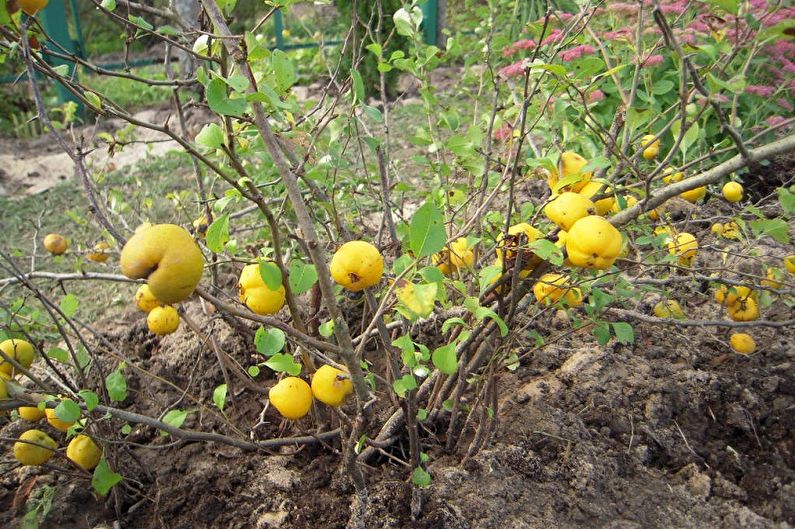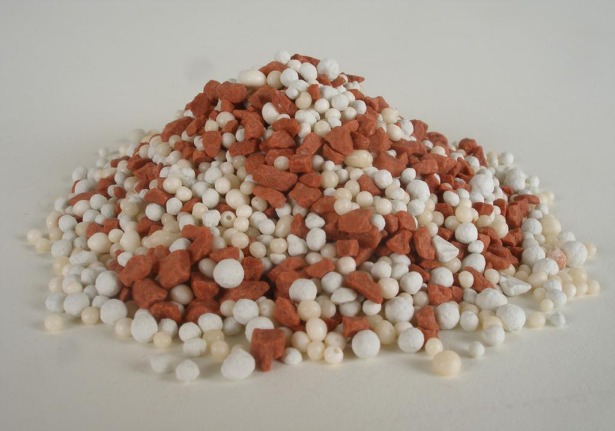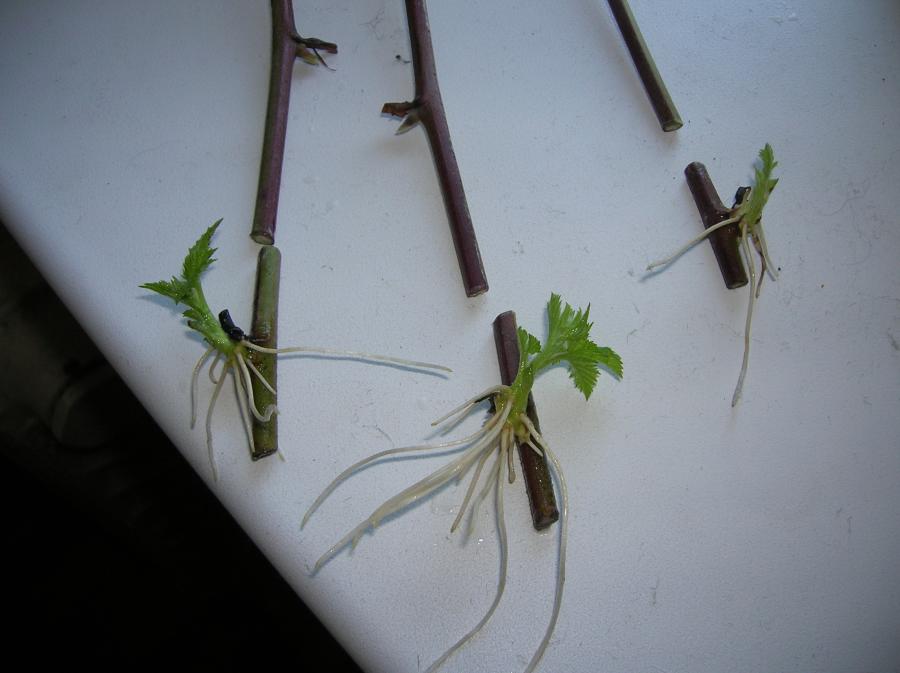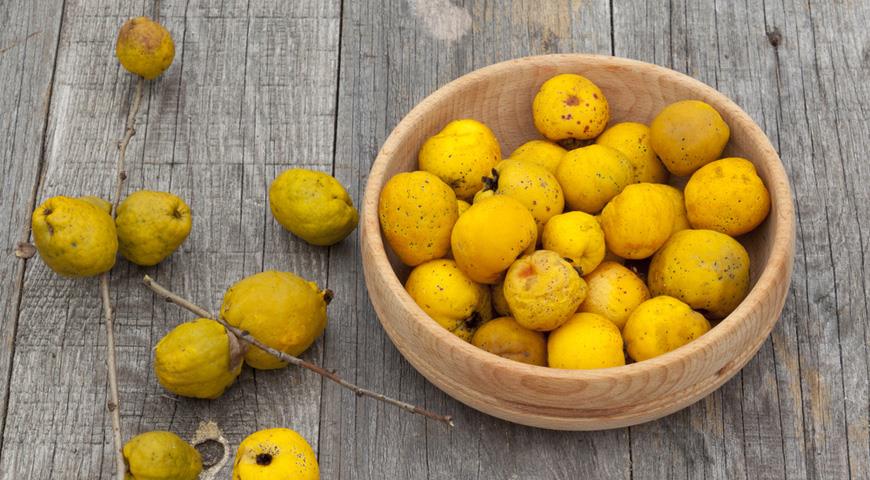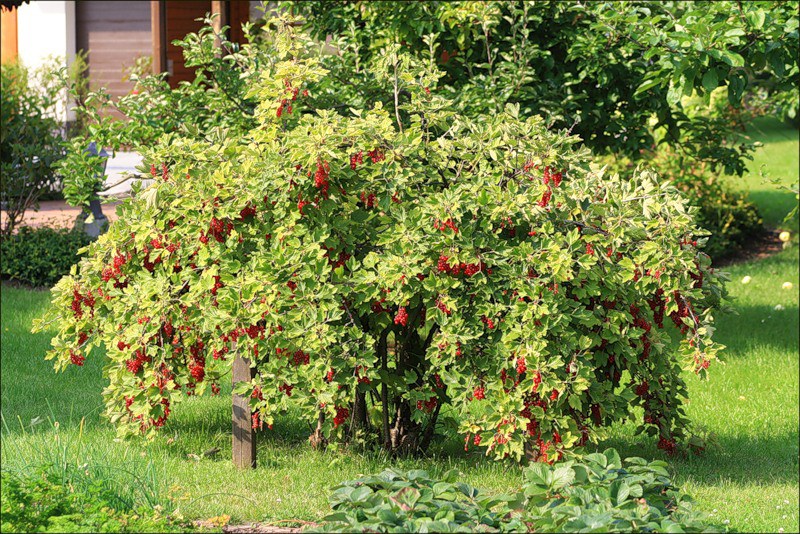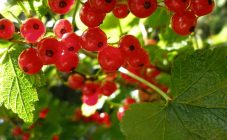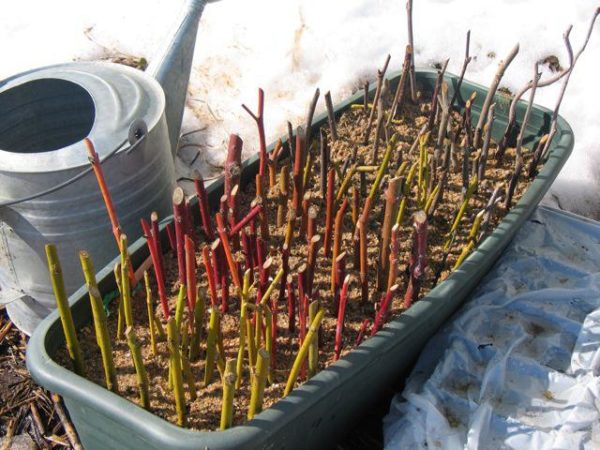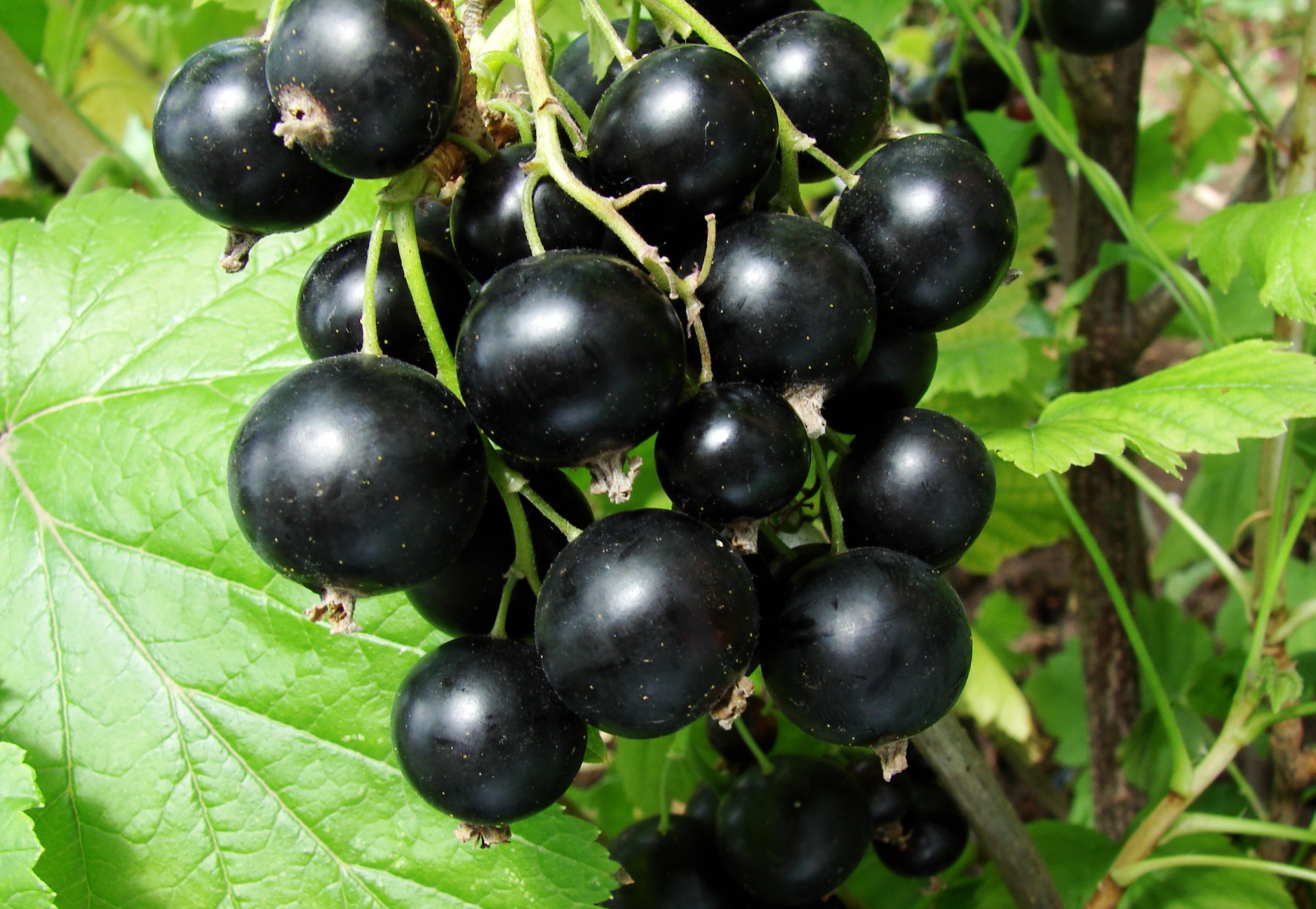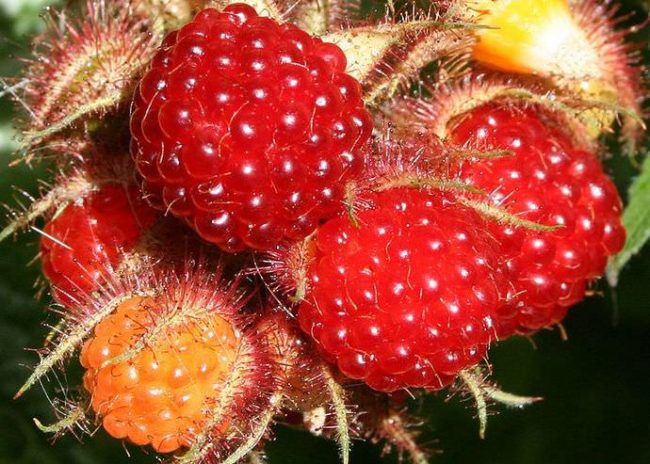Content:
Japanese quince is also called chaenomeles, or northern lemon. Its fruits, which look like pear-shaped apples, are used for preparing side dishes and sweet dishes. Each berry with large brownish seeds in the center weighs up to 50-70 g. The height of the exotic shrub reaches 1-3 meters. The branches are densely covered with glossy leaves and sharp thorns. Flowering begins in May and ends in mid-June.
Features of chaenomeles
Breeders who know what to plant quince on have managed to breed many plant varieties from Japan. The most popular are the following types:
- Pink Lady is a shrub up to 1.5 m high with pink flowers and a wide crown. Differs in frost resistance, can be bred in central Russia.
- Vesuvius - quince no higher than 1 m with fiery buds.
- Nivalis - covered with white flowers twice a year - in May and August. It grows well in width, up to 2 m in height.
- Zubutla Japanese quince - bears large fruits, is resistant to low temperatures and various diseases.
- Crimson and Gold is ideal for hedging and does not need pruning. The flowers are scarlet with yellow stamens.
Chaenomeles has several advantages over other garden shrubs:
- Drought resistance;
- Air pollution tolerance;
- The ability to recover even if the ends of the branches freeze;
- Long-term fruiting;
- Long-term preservation of fruits.
Soil preparation
The site chosen for planting must be well lit. The area on the south side of the house or in another corner fenced off from the north wind is suitable. To survive the cold season, quince grown in the northern latitudes must not remain open. Therefore, it is important that the shrubbery is on the side of the site where dense snow is formed. Young plants and annual shoots not covered with snow may freeze and not bloom in spring.
The plant is able to delight with abundant flowering, regardless of the type of soil. Only soil with a significant content of salts and lime, which can provoke chlorosis of the leaves, will not work. The soil should be moderately moist, rich in humus. Root decay is often caused by stagnant water. If there is a danger of moisture accumulation, it is necessary to choose a higher area or prepare good drainage.
If planting is planned for the spring, soil preparation should be taken care of in the fall. The area must be freed from weeds and left unseeded. Be sure to add top dressing:
- 10 kg ha of 1 m2 of peat-manure compost;
- 40 g per m2 of phosphate and potash fertilizers.
The enrichment of the soil allows for optimal air and water tightness. To accelerate growth, a solution of 0.01% indolylbutyric acid is added.
Knowing how to propagate quince, you can plant it in the fall, but in this case there is a great risk that the fragile plant will die.
It is necessary to calculate in advance how much space will be occupied by quince shoots. By planting cuttings in a row, you can create a flowering hedge. In this case, the distance between the plants should be one and a half meters. If you plan to form a group of shrubs, one meter of free space is left between the seedlings.The plant is a cross-pollinated crop requiring pollen-carrying insects.
Harvesting shoots
When growing such an exotic plant as Japanese quince, propagation by cuttings requires a responsible approach to harvesting planting material:
- For breeding quince, the layers remaining after pruning are most often used. Cuttings are taken from healthy, fruiting plants. You can also plant root suckers. It is enough to separate the seedlings from the mother bush and transplant them.
- The shoots should be 15-20 cm long and at least 5 mm thick.
- It is necessary to ensure that there are at least 4 buds on each branch.
- The bush should be cut with a sharp pruner.
- The bottom of the shoot is cut off under the bud at an acute angle, and the upper end is cut above the bud.
Before planting, the shoots are kept for a day in a solution that stimulates the formation of the root system.
Planting Japanese quince
First of all, in the garden, it is necessary to prepare a hole no more than 0.6 m wide and up to 0.8 m deep. The deepening is filled with fresh soil. henomeles is planted in moist soil at a slight slope.
Some gardeners prefer to breed quince outdoors, but this method can dry out a significant part of the shoots. If a greenhouse is not used for growing plants, you can create comfortable conditions for the plants with the help of improvised means:
- Cover the cuttings with a cut-necked plastic bottle.
- Install supports on both sides of the landings and cover them with film. To prevent the structure from being blown away by the wind, the edges of the film must be sprinkled with soil or pressed with stones.
After planting chaenomeles, you need to take care of creating favorable conditions for its growth:
- In order for the quince to bloom profusely, the soil around it should be carefully loosened by immersing the garden tool to a depth of about 10 centimeters.
- Simultaneously with loosening the soil, the roots of the weeds are pulled out.
- For best results, you can sprinkle the ground with sawdust, peat or chopped bark. The best time for mulching is late spring. During this period, the soil is already warmed up, but not overdried. In autumn, the procedure can be performed only at a steady low temperature.
- Watering should be moderate. Quince easily tolerates periods of drought, but does not like swampy soil. The roots of an adult bush go to a depth of 4-6 meters and provide the plant with moisture and necessary elements.
- In the first year after planting Japanese quince, you should refrain from using liquid dressings that can burn the thin roots of the plant. The shrub will have enough nutrients in the soil.
- If a transplant is necessary, it is done in the fall, when the quince gets stronger.
At a stable air temperature from +20 to +25 C, the plant can take root and sprout new buds in 40 days. In addition to weather conditions, rooting is affected by the quality of the planting material, temperature and soil moisture.
For the second or third spring, it is allowed to use mineral and organic fertilizers to increase yields. Top dressing is applied after the snow melts. The fruits are formed 3-4 years after planting, and the harvest is harvested in the fall. If the quince is not ripe on the branch, it is left in a cool room for a while. With moderate humidity, the fruits are stored until December.
Advantages and disadvantages of grafting
Dividing using cuttings is a rather laborious procedure, but with its help it is possible to preserve all the properties obtained as a result of the selection of Japanese quince. Planting each branch by hand helps plan the arrangement of flowering bushes, create even flower beds or hedges. Having learned how to propagate Japanese quince by cuttings, it is important to create conditions for plant rooting.
An easier way is to sow quince seeds in the ground. But in this case, seedlings can be located chaotically and partially or completely lose varietal characteristics.
Japanese quince reproduces easily and can become a decoration of any garden. For the distribution of plant varieties bred by means of selection, the propagation method is optimal. With proper care, chaenomeles can bloom and bear fruit for many years.
